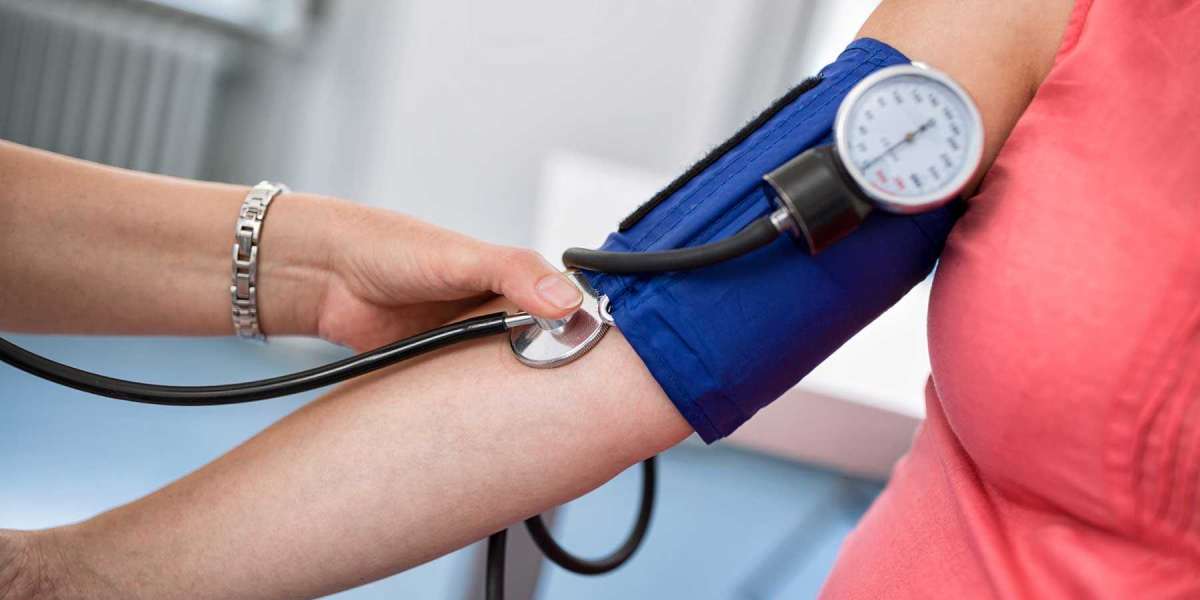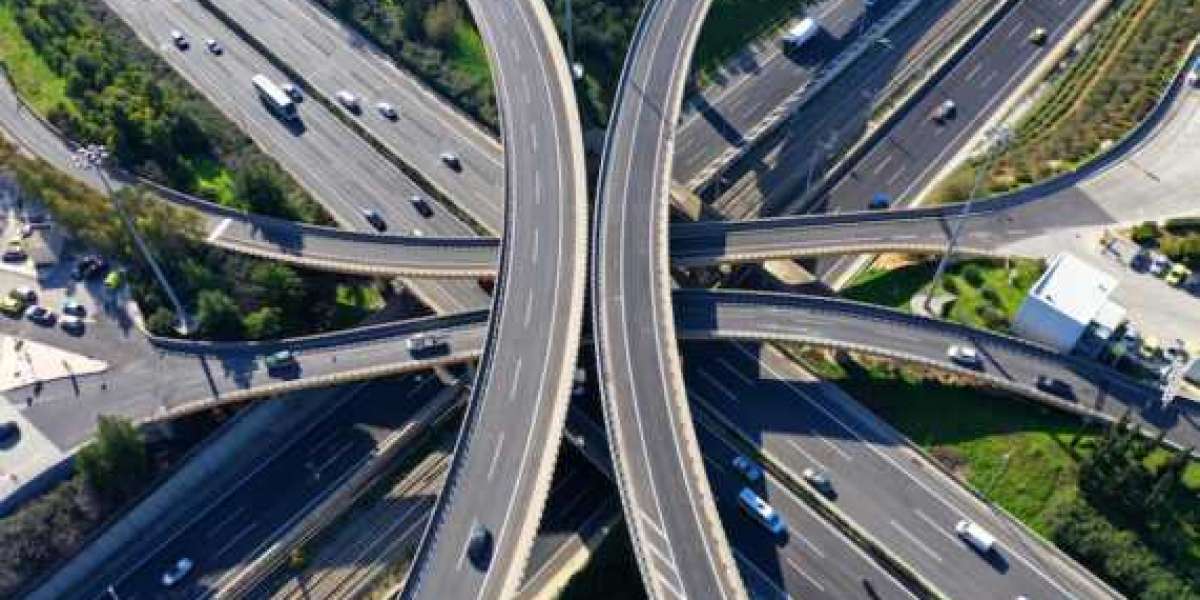Blood pressure refers to the force of blood against the walls of arteries as it circulates through the body. It is an important indicator of cardiovascular health and is a key factor in assessing a person's risk of developing heart disease, stroke, and other conditions.
Blood pressure is typically measured using two numbers, which are expressed as millimeters of mercury (mmHg). The first number is the systolic pressure, which measures the force of blood against the arterial walls when the heart contracts during a heartbeat. The second number is diastolic pressure, which measures the force of blood against the arterial walls when the heart is at rest between beats.
A normal blood pressure reading is generally considered to be around 120/80 mmHg. Blood pressure readings between 120-129/80 mmHg are considered elevated, while readings between 130-139/80-89 mmHg are classified as stage 1 hypertension. Readings of 140/90 mmHg or higher are classified as stage 2 hypertension, which is a more serious condition that requires medical attention.
CAUSES OF BLOOD PRESSURE
The causes of blood pressure can vary, and it is important to understand what can lead to high or low blood pressure.
The following are some of the common causes of high blood pressure:
Genetics: High blood pressure can be inherited, meaning that if there is a family history of hypertension, a person may be at greater risk of developing high blood pressure.
Age: As people get older, their risk of developing high blood pressure increases. This is because blood vessels become stiffer and less elastic with age, making it more difficult for them to expand and contract as needed.
Lifestyle factors: Unhealthy lifestyle habits such as a diet high in salt and saturated fats, lack of physical activity, smoking, and excessive alcohol consumption can all contribute to high blood pressure.
Obesity: Being overweight or obese puts additional stress on the heart and blood vessels, leading to an increased risk of hypertension.
Medical conditions: Certain medical conditions such as diabetes, kidney disease, and sleep apnea can increase the risk of developing high blood pressure.
Medications: Some medications, such as birth control pills, decongestants, and nonsteroidal anti-inflammatory drugs (NSAIDs), can increase blood pressure.
On the other hand, the following are some of the common causes of low blood pressure:
Dehydration: When the body loses too much fluid, it can lead to a drop in blood pressure.
Blood loss: Losing a significant amount of blood can cause a drop in blood pressure.
Medications: Certain medications, such as those used to treat high blood pressure or heart conditions, can lower blood pressure.
Heart conditions: Certain heart conditions, such as bradycardia (a slow heart rate) or heart valve problems, can lead to low blood pressure.
Endocrine disorders: Disorders such as Addison's disease or hypothyroidism can lead to low blood pressure.
Allergic reactions: Severe allergic reactions can cause a drop in blood pressure, known as anaphylaxis.
SYMPTOMS OF BLOOD PRESSURE
While high or low blood pressure may not always cause noticeable symptoms, there are some signs that may indicate that blood pressure levels are outside of the normal range.
Symptoms of high blood pressure (hypertension) may include:
Headaches: Frequent headaches, particularly in the back of the head, can be a symptom of high blood pressure.
Vision problems: Blurred vision or seeing spots may indicate that blood pressure is elevated.
Chest pain: High blood pressure can put additional strain on the heart, leading to chest pain or discomfort.
Shortness of breath: Difficulty breathing or shortness of breath can occur when blood pressure is high.
Nosebleeds: While not a common symptom of high blood pressure, frequent nosebleeds may indicate that blood pressure is elevated.
Dizziness: Lightheadedness or feeling faint may be a symptom of high blood pressure, particularly if it occurs when standing up quickly.
Symptoms of low blood pressure (hypotension) may include:
Fatigue: Feeling tired or lethargic, particularly after standing up, maybe a symptom of low blood pressure.
Dizziness: Feeling lightheaded or dizzy, particularly when standing up, may indicate that blood pressure is low.
Nausea: Nausea or a feeling of queasiness may be a symptom of low blood pressure.
Blurred vision: Blurred vision or seeing stars can occur when blood pressure is low.
Rapid heartbeat: A rapid heartbeat or palpitations can occur when blood pressure is low.
DIAGNOSIS OF BLOOD PRESSURE
Diagnosing blood pressure is a crucial part of maintaining good cardiovascular health. High blood pressure, or hypertension, is a common condition that can increase the risk of serious health problems such as heart attack, stroke, and kidney disease. Low blood pressure, or hypotension, can also be a cause for concern as it may indicate an underlying health condition.
The following are some of the methods used to diagnose blood pressure:
Blood pressure readings: Blood pressure readings are taken using a blood pressure cuff and a device called a sphygmomanometer. The cuff is placed around the upper arm, and the device measures the pressure of blood as it flows through the arteries. Blood pressure is typically measured in millimeters of mercury (mmHg) and is expressed as two numbers, with the systolic pressure (the top number) measured when the heart beats and the diastolic pressure (the bottom number) measured when the heart is at rest between beats. Normal blood pressure is typically considered to be less than 120/80 mmHg.
Ambulatory blood pressure monitoring: In some cases, healthcare providers may recommend ambulatory blood pressure monitoring, which involves wearing a portable blood pressure monitor for 24 hours. This can provide a more accurate picture of blood pressure levels throughout the day and can help identify blood pressure changes that may not be detected during in-office measurements.
Home blood pressure monitoring: Home blood pressure monitoring involves using a home blood pressure monitor to check blood pressure regularly. This can be particularly helpful for people who have white coat hypertension, which means that their blood pressure readings are higher in a medical setting due to anxiety or stress.
Laboratory tests: In some cases, healthcare providers may recommend laboratory tests to help identify underlying medical conditions that may be contributing to high or low blood pressure. These tests may include blood tests to check for diabetes or kidney disease, as well as imaging tests such as an echocardiogram or a CT scan.
TREATMENT OF BLOOD PRESSURE
The treatment for high or low blood pressure will depend on the underlying cause, severity, and individual health factors. There are several approaches to managing blood pressure, including lifestyle modifications, medications, and in some cases, medical procedures.
- Lifestyle modifications: Lifestyle modifications can help manage blood pressure and may include:
Eating a healthy diet: A diet rich in fruits, vegetables, whole grains, and lean protein can help manage blood pressure.
Exercise: Regular physical activity can help lower blood pressure and improve overall cardiovascular health.
Weight management: Maintaining a healthy weight can help manage blood pressure.
Smoking cessation: Quitting smoking can help manage blood pressure and reduce the risk of cardiovascular disease.
Limiting alcohol intake: Drinking alcohol in moderation or not at all can help manage blood pressure.
- Medications: Medications may be prescribed to manage high blood pressure or low blood pressure, depending on the underlying cause. Common medications for high blood pressure include:
Diuretics: These medications help remove excess water and salt from the body, reducing blood volume and lowering blood pressure.
ACE inhibitors: These medications help relax blood vessels, making it easier for blood to flow and reducing blood pressure.
Beta-blockers: These medications help slow the heart rate and reduce the force of the heart's contractions, reducing blood pressure.
Calcium channel blockers: These medications help relax blood vessels and reduce the heart's workload, reducing blood pressure.
For low blood pressure, medications may include:
Fludrocortisone: This medication helps increase blood volume, raising blood pressure.
Midodrine: This medication helps constrict blood vessels, raising blood pressure.
- Medical procedures: In some cases, medical procedures may be recommended to manage blood pressure. These may include:
Renal denervation: This procedure involves using radiofrequency energy to disrupt nerve signals between the kidneys and brain, reducing blood pressure.
Carotid baroreceptor stimulation: This procedure involves implanting a device in the neck that stimulates nerve signals to the brain, reducing blood pressure.
CONCLUSION
Blood pressure is a critical indicator of cardiovascular health and should be monitored regularly. High blood pressure can lead to serious health complications, but it can be managed effectively with lifestyle changes and medication. If you have concerns about your blood pressure or are at risk for hypertension, it is important to speak with your healthcare provider about steps you can take to maintain healthy blood pressure levels




Emmanuel Frank 1 y
Very good